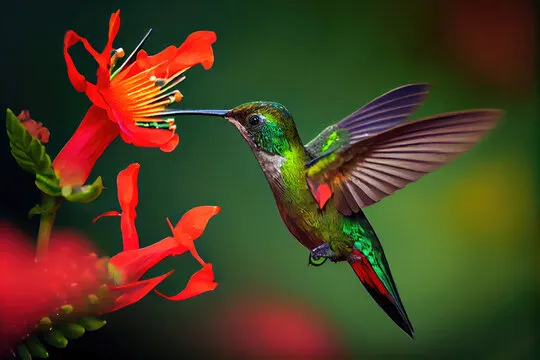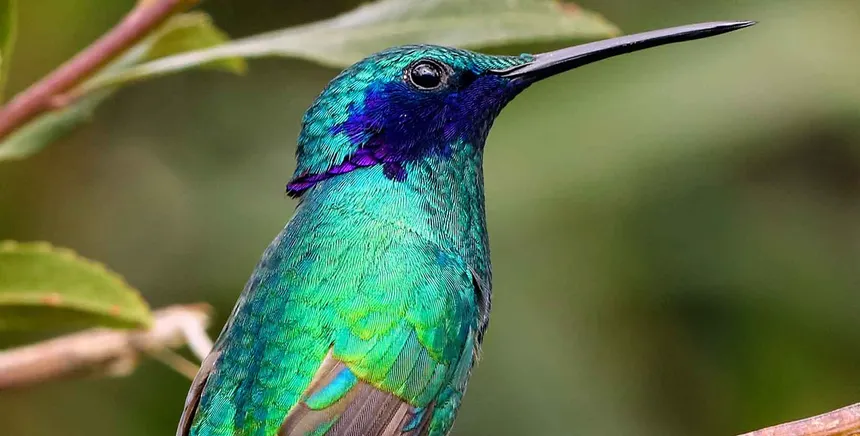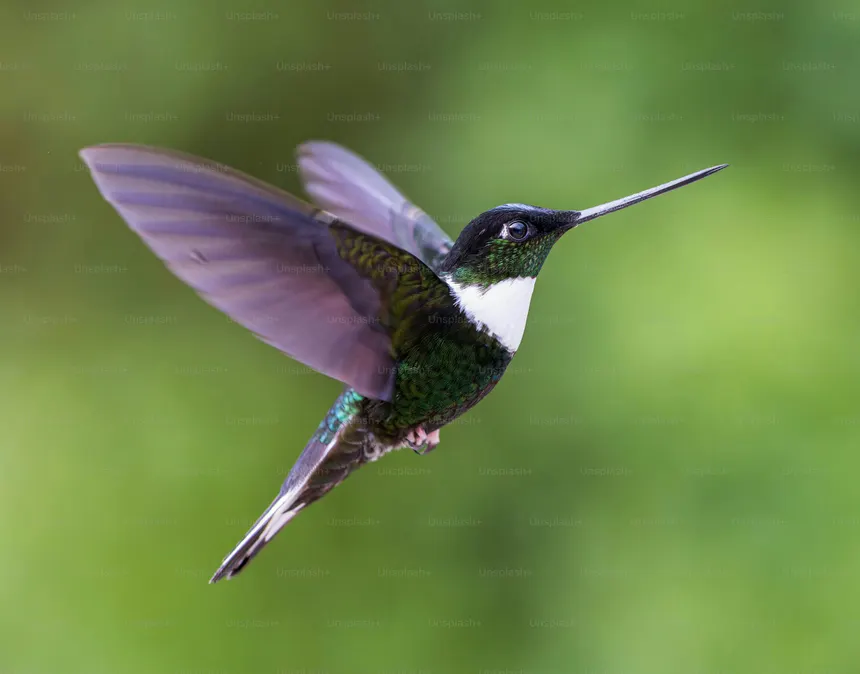Fascinating Facts About Hummingbirds

Hummingbirds are among the most captivating birds on Earth. Known for their vibrant iridescent feathers, remarkable flying skills, and incredibly fast metabolism, these tiny creatures play a vital role in pollination and ecosystems across the Americas. Despite their size, hummingbirds possess features and behaviors that are truly astonishing. In this article, we’ll explore everything you need to know about hummingbirds—from their unique flight to their dietary needs and fascinating survival mechanisms.
1. Species and Distribution
There are over 360 species of hummingbirds, all native to the Western Hemisphere. They are most abundant in South and Central America, but some species, like the ruby-throated hummingbird, migrate to North America.
- They thrive in various habitats, including forests, deserts, and mountains.
- The Andes Mountains are home to the highest diversity of species.
2. Size and Appearance
- Hummingbirds range in size from the tiny bee hummingbird (5 cm) to the giant hummingbird (20 cm).
- Weighing only 2 to 20 grams, they are some of the lightest birds in the world.
- Their feathers shimmer due to light refraction rather than pigment, giving them a metallic appearance.
3. Unmatched Flight Abilities
Hummingbirds are the only birds that can hover, fly backward, and move up, down, or sideways.
- Wings flap 50 to 80 times per second, depending on species.
- Their figure-eight wing motion provides stability and control in the air.
- They can fly at speeds of 30 mph (48 km/h) and dive at over 60 mph (97 km/h).

4. Incredible Metabolism
These birds have the fastest metabolism among vertebrates.
- A hummingbird’s heart can beat up to 1,200 times per minute.
- They must eat every 10–15 minutes to maintain energy.
- At night or during food shortages, they enter torpor, reducing their metabolism to conserve energy.
5. Diet and Feeding
Hummingbirds feed mainly on nectar, which gives them energy for flight. However, they also need protein.
- Diet includes small insects, spiders, and larvae.
- Their long, specialized tongue can extend far beyond their beak and collects nectar by lapping up to 13 times per second.
- They visit hundreds of flowers daily and are essential pollinators for many plant species.
6. Nesting and Reproduction
- Female hummingbirds are solely responsible for building the nest, incubating eggs, and caring for the young.
- Nests are often built from spider silk, moss, and lichen—elastic and expandable.
- They usually lay 2 tiny eggs, about the size of jellybeans.
7. Migration and Travel
Many hummingbird species are long-distance migrants.
- The ruby-throated hummingbird travels over 2,000 miles during migration, including a non-stop 500-mile flight over the Gulf of Mexico.
- They rely on fat reserves and incredible endurance for such journeys.
8. Lifespan and Threats
- Average lifespan is 3 to 5 years, though some live over 10 years in the wild.
- Threats include habitat loss, climate change, predators, and window collisions.
- Providing hummingbird feeders with clean sugar water and planting native flowers can help support their populations.
9. Cultural Significance
In many indigenous cultures, hummingbirds symbolize joy, resilience, and healing.
- The Aztecs believed they carried the souls of warriors.
- In modern times, they are often seen as symbols of beauty and endurance.

Conclusion
Hummingbirds may be small, but they are filled with wonder. From their shimmering feathers and rapid wingbeats to their important role in pollination, these tiny birds deserve admiration and protection. By understanding their lives and supporting conservation efforts, we help preserve one of nature’s most dazzling creations.



